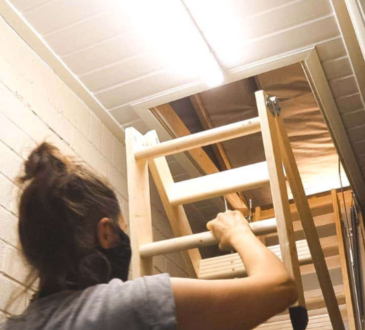
Travertine stone has been admired for centuries as one of the most durable and timeless natural materials used in construction and design. Formed Travertine stone mineral deposits from natural springs, it possesses a unique texture and natural beauty that has made it a popular choice for architectural projects across the globe. From ancient Roman structures to modern residential and commercial spaces, travertine continues to remain relevant due to its strength, elegance, and versatility.
Durability and Strength
One of the primary reasons travertine is highly valued in architecture is its exceptional durability. This natural stone is resistant to extreme weather conditions, which makes it an excellent choice for both indoor and outdoor use. Structures made with travertine have been known to withstand the test of time, retaining their integrity and beauty for decades, if not centuries. Its ability to endure constant wear and pressure makes it particularly suitable for flooring, wall cladding, and exterior facades.
Timeless Aesthetic Appeal
Travertine stone is renowned for its timeless elegance. Its natural tones, ranging from creamy whites and soft beiges to earthy browns and warm golds, blend seamlessly with a variety of design styles. This versatility allows architects and designers to create classic, contemporary, or rustic looks depending on the desired outcome. The stone’s natural veining and porous surface add character and depth, ensuring that no two pieces are ever identical. This uniqueness contributes to an authentic and luxurious finish in any project.
Versatility in Architectural Applications
Travertine is widely used in numerous architectural applications, making it one of the most versatile natural stones. It is commonly used for flooring in residential and commercial spaces, offering both durability and beauty. Additionally, it is a preferred material for wall cladding, pool decks, patios, and pathways due to its slip-resistant surface and weather tolerance. Indoors, it is often found in countertops, backsplashes, and bathroom designs, where its elegance enhances the overall ambiance. Its adaptability makes it suitable for both large-scale architectural landmarks and intimate residential settings.
Historical Significance of Travertine
Travertine has a rich history that adds to its charm and appeal. Many iconic structures, such as amphitheaters, temples, and public buildings, were constructed using this stone, highlighting its durability and timeless beauty. The fact that these ancient structures still stand today is a testament to the strength of travertine as a building material. Architects and designers often appreciate this historical significance, as using travertine connects modern projects with architectural traditions that have lasted for centuries.
Environmental Benefits
As a natural material, travertine is considered an environmentally friendly option in construction. Its long lifespan reduces the need for frequent replacements, minimizing waste. Additionally, it requires minimal processing compared to synthetic alternatives, which reduces energy consumption during production. By choosing travertine, builders and homeowners can contribute to sustainable construction practices while enjoying a high-quality, durable material.
Maintenance and Longevity
Travertine stone is relatively easy to maintain, provided it is properly sealed. Sealing helps protect its porous surface from staining and enhances its durability. With routine cleaning and occasional resealing, travertine surfaces can retain their natural beauty for decades. Its ability to age gracefully, developing a rich patina over time, makes it an investment that continues to add value to any property. Unlike many artificial materials, travertine improves in appearance as it matures, offering long-term benefits both aesthetically and functionally.
Conclusion
Travertine stone remains one of the most durable and timeless materials for architectural use. Its combination of strength, natural elegance, and versatility ensures its continued popularity among architects, designers, and homeowners alike. From ancient landmarks to contemporary projects, travertine continues to demonstrate its value as a material that enhances both functionality and beauty. By choosing travertine, one invests in a building material that not only withstands the test of time but also carries with it a legacy of architectural excellence.

